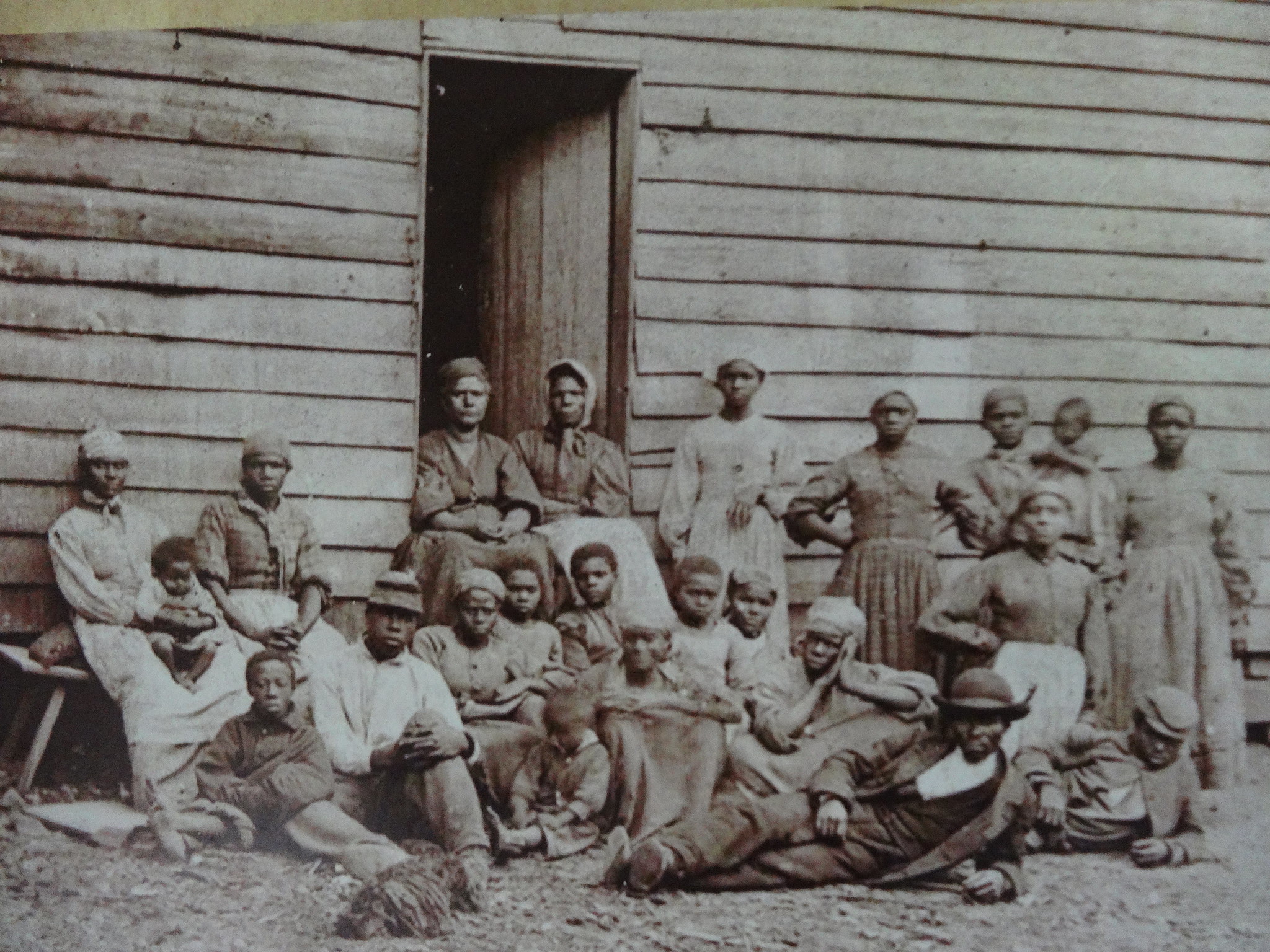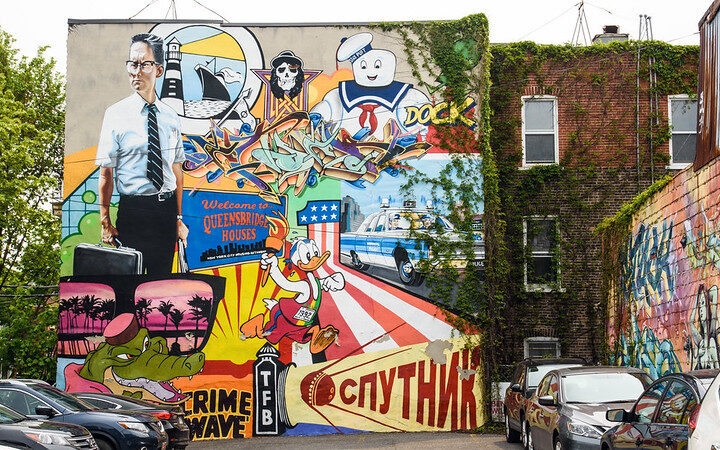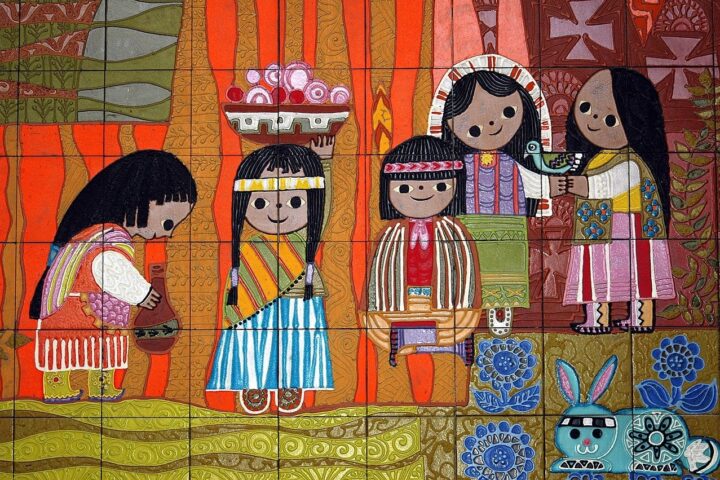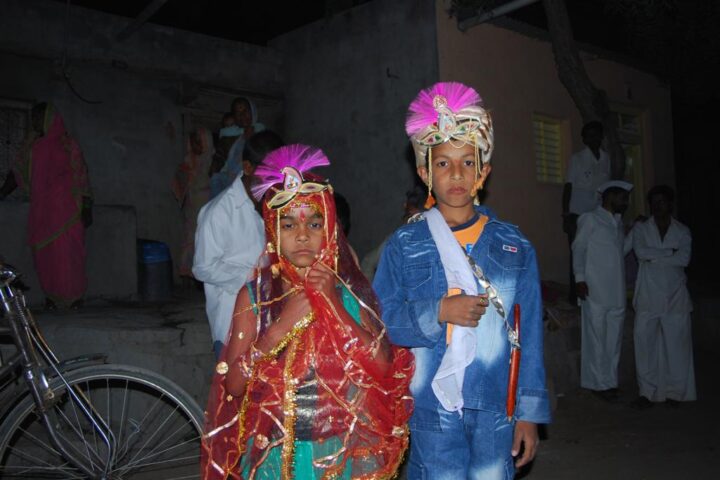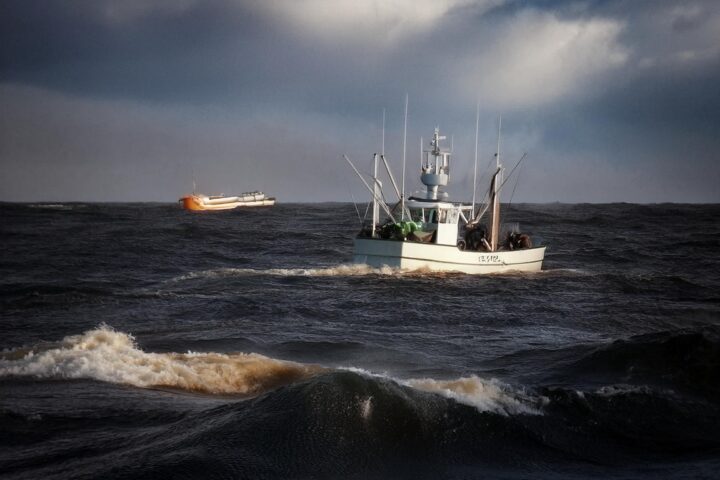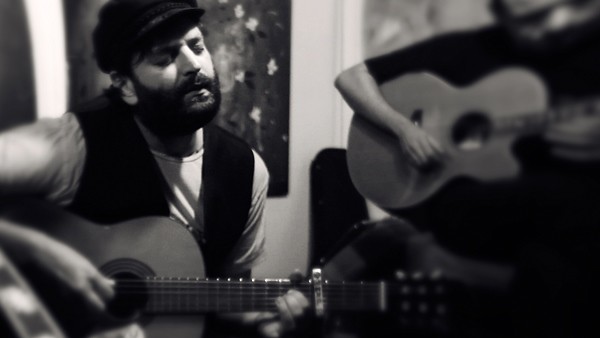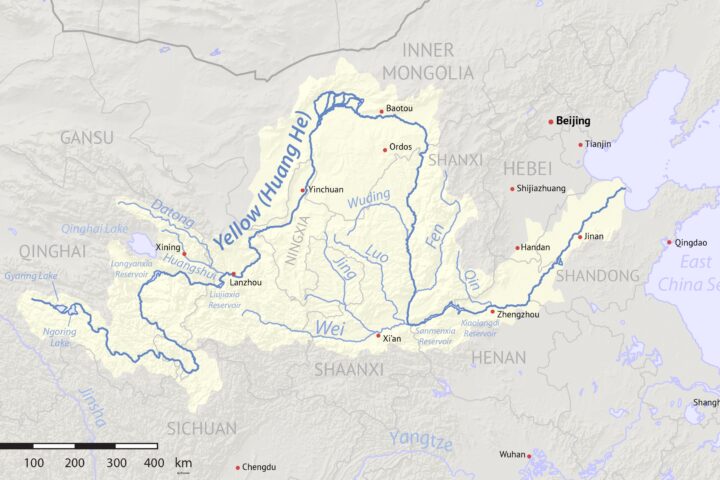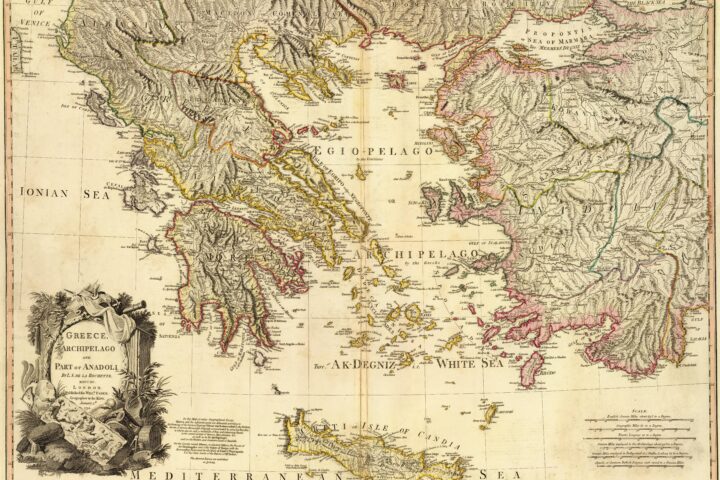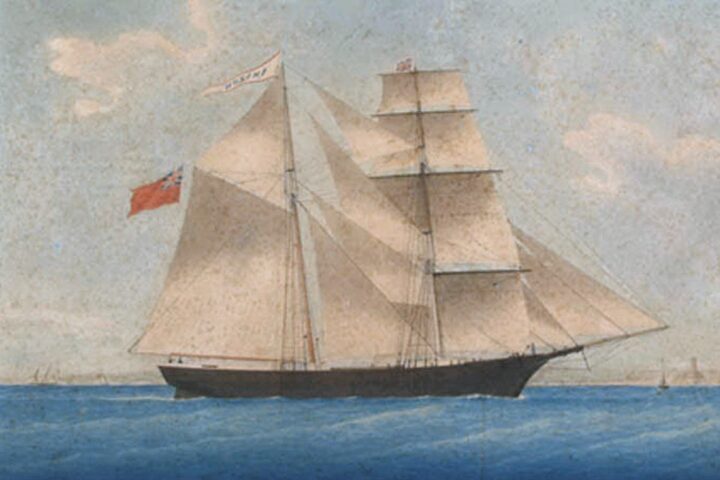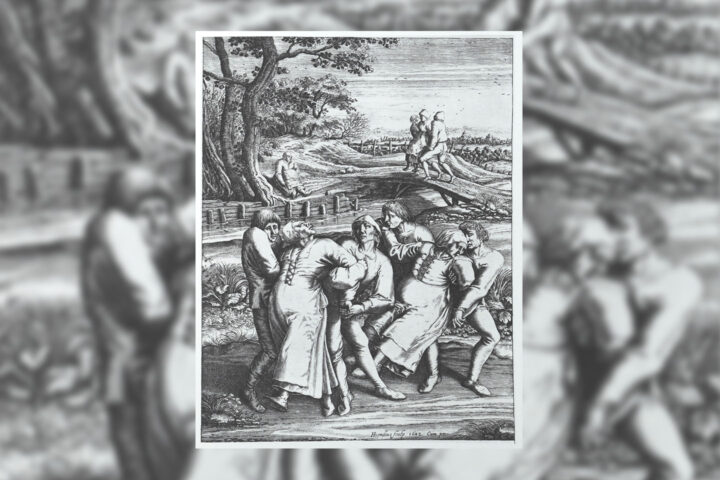Source: Slaves during slavery in the South. Photograph display on … _ Flickr
Human trafficking is thought of as a more modern phenomenon nowadays but its roots trace back to many incidents in history which was the prelude for what is happening today. This is all connected, some way or the other, with economic, and cultural aspects of society. As industrialization developed rapidly in the 20th century, human trafficking and slavery took on new forms which happens under the cover of economic necessities and culture.
From coerced prostitution to the exploitation of child labourers, there is no place left where human trafficking hasn’t left its mark. It has perpetuated and persisted through time, even when several attempts have been made to curb it from its roots. As we read about history, we get to know more about how this battle isn’t recent but we have always been fighting against it.
The “Lost Boys” of Sudan

Source: https://www.flickr.com/photos/unmissmultimedia/40386521770
Researchers and historians try hard to understand how wars have affected the fighters but also have an impact on other stakeholders, especially the children. An estimated 80% to 90% of the victims of war in the past few decades have been civilians; children in war zones experience tons of trauma and life-threatening situations as they get exposed to war.
The “Lost Boys” of Sudan are one such group which have been named so by the media. These were some 20,000 boys who were separated from their families because of a civil war in Sudan. They first lived in refugee camps in Ethiopia from the late 1980s to May 1991. Then, they were moved to Kenya from 1992 to 2001, and then, lived in displacement camps in the United States from 2001. All this while, they either died from natural causes, got attacked by wild animals, drowned while crossing rivers, or had to work as child soldiers.
Many of these kids lived with the knowledge of their parents’ death because they (the parents) died right in front of them (the boys). But a lot of these “Lost Boys” had no idea if their parents and siblings were dead or alive. Interviews with 147 of the “Lost Boys” revealed that 72 percent of them felt uncertain about seeing their families again.
The White Slave Trade

Source: https://picryl.com/media/piffard-1896-white-slaves-of-england-cradley-heath-7cdc80
White Slavery dates back to the 19th century when it changed form dramatically from the bondage of middle-class women to earning poverty wages and working for corrupt political parties. By the 1850s, it had changed its form yet again and now protestors focused on how it involved the coercion of women and girls into trafficking and slavery.
To study more about this, historians researched about the Barbary pirates of North Africa who used to capture a large number of people from the coastal settlements of Britain only to sell them into slavery in North Africa. This was happening at the same time as the Trans-Atlantic slave trade when African slaves were being sold to settlements in the Americas. This makes it a tricky situation and invites huge discussion and debate about the nature of slavery and racism.
Comfort Women

Source: https://www.flickr.com/photos/elhamalawy/50471263166
The Japanese and other East Asian countries were embroiled in the Asian and Pacific War between the years 1937 and 1945. During this period, the Japanese government captured and tortured approximately 200,000 Asian women to sexually serve Japanese soldiers. Most of these women were from Korea which was Japan’s colony at that time.
In the early 1990s, many feminist leaders from Korea convinced several victims to speak up about their horrible experiences which lead to an active redress movement. These were the ‘comfort women’ who suffered because of Japanese colonization of South Korea and national prejudice against the Koreans. Once these women started testifying to what they had gone through, the world got to know about how they had been victimized by Japanese military sexual slavery.
The exact number of women victimized and kept in Japanese military brothels is still unknown but the estimated number ranges from 80,000 to 280,000. Other than South Korea, women were also mobilized from Taiwan, the Philippines, and the Dutch as well.
The “Karayuki-San” Phenomenon
The “Karayuki-San” in Japan is about young teenage girls who were sold by their parents or they themselves unwittingly signed themselves over to procurers. These people then sold these girls to overseas brothel. The majority of these girls were reportedly from western Kyushu and particularly, from the impoverished areas in Amakusa.
This is why these women are presented as being loyal to Japan and filial to their parents as they used to send money back to their families and also donate much of their money to the Japanese military. A lot of these women also supported the creation of Japanese interests overseas and encouraged their community by starting their own businesses.
Human Trafficking in the Vietnam War

Source: https://www.flickr.com/photos/13476480@N07/48480348777
It has been over 159 years since the US government outlawed slavery and more than 80 years since the world leaders signed the Slavery convention. But human slavery continues to exist despite this and it is estimated that 600,000 to 800,000 people are trafficked across international borders every year. Lastly, in this article, we talk about one of the most historically significant events in history- the Vietnam War.
The impact on the livelihoods of women and children was as big as the war itself. Children and women were either forced into sexual slavery or sold by their families to earn some money for surviving. The presence of the US military personnel increased the rate of prostitution- especially in South Vietnam. A lot of children were adopted by families from the western countries- while some adoptions were legal, there were also cases of children being trafficked and kidnapped under coercive circumstances.
Resources
- Peck, G. (2004). White Slavery and Whiteness: A Transnational View of the Sources of Working-Class Radicalism and Racism. Labor Studies in Working-Class History of the Americas, 1(2), 41–64. doi:10.1215/15476715-1-2-41
- Min, P. G. (2003). Korean “Comfort Women”: The Intersection of Colonial Power, Gender, and Class. Gender and Society, 17(6), 938–957. http://www.jstor.org/stable/3594678
- Mihalopoulos, B. (1994). The Making of Prostitutes in Japan: The Karayuki-san. Social Justice, 21(2 (56)), 161–184. http://www.jstor.org/stable/29766813
- Allred, K. J. (2005). Human Trafficking: Breaking the Military Link. Connections, 4(4), 63–72. http://www.jstor.org/stable/26323197
- Luster, T., Qin, D., Bates, L., Johnson, D., & Rana, M. (2009). The Lost Boys of Sudan: Coping with ambiguous loss and separation from parents. American Journal of Orthopsychiatry, 79(2), 203–211. doi:10.1037/a0015559
- The Lost Boys of Sudan. (2014, October 3). The IRC. https://www.rescue.org/article/lost-boys-sudan
- Boakye, B. (2018, May 30). The shocking history of enslavement of 1.5 million white Europeans in North Africa in the 16th century. Face2Face Africa; Face2Face Africa. https://face2faceafrica.com/article/the-shocking-history-of-enslavement-of-1-5-million-white-europeans-in-north-africa-in-the-16th-century1

